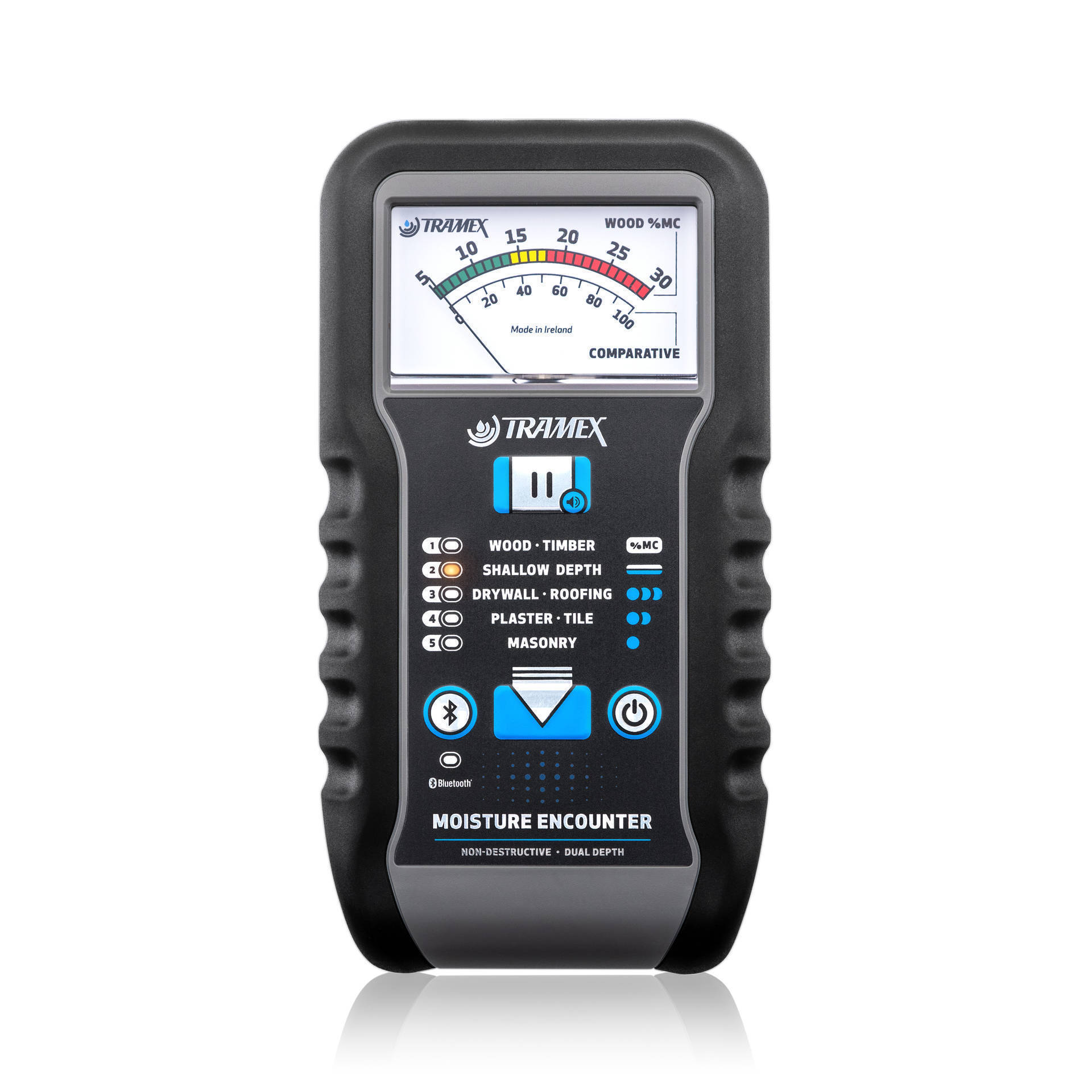Exactly How a Moisture Meter Can Improve Your Building And Construction Projects and Prevent Damages
Exactly How a Moisture Meter Can Improve Your Building And Construction Projects and Prevent Damages
Blog Article
Comprehending the Importance of a Moisture Meter in Preventing Mold and Water Damages in your house
In the world of home maintenance, the presence of dampness can typically be a quiet yet powerful adversary, efficient in causing pervasive mold and mildew growth and insidious water damages if left unattended. Among the relaxing setting of a home, concealed wetness issues can make beneath the surface area, positioning a hazard to both building and health and wellness. Furnished with the right tools and expertise, house owners can proactively battle these potential dangers. Comprehending the value of a moisture meter in this battle is not simply an option yet a tactical requirement.
Significance of Moisture Discovery
Reliable moisture detection methods are essential for protecting residential or commercial properties and stopping prospective mold growth and water damages. Wetness can leak into various building materials, resulting in structural problems and carcinogen. By using a wetness meter, homeowner can proactively recognize locations susceptible to excess wetness, enabling timely intervention and mitigation approaches.
Moisture meters supply exact analyses of wetness levels in various products such as concrete, drywall, and wood. This information assists in pinpointing areas of worry, also in hard-to-reach or concealed locations. Early discovery of dampness accumulation allows timely fixings or modifications to avoid additional damages.

Exactly How Moisture Meters Work
Moisture meters play a crucial function in the proactive recognition of excess wetness, aiding in the avoidance of prospective mold and mildew development and water damage by giving precise analyses of wetness levels in various building products. These devices work based upon different concepts, depending on their kind. Moisture Meter. Pin-type wetness meters, as an example, have two pins that pass through the material to determine the electrical resistance in between them. When moisture is existing, it enhances the product's conductivity, resulting in a reduced resistance reading. Pinless wetness meters, on the various other hand, use electro-magnetic sensors to scan the material without causing damage. These sensing units discharge electromagnetic signals that pass through the material and gauge the dielectric residential properties, indicating moisture web content. Some advanced wetness meters incorporate both pin and pinless technologies for thorough moisture detection. Comprehending just how moisture meters feature is vital for timely and accurate wetness degree analyses, enabling effective preventive steps against mold and water damage.
Finding Early Indication
Upon preliminary examination of a property, recognizing refined indications of excess moisture becomes critical in the very early detection of prospective mold and mildew growth and water damage. Some usual very early caution indicators include moldy smells, water discolorations on ceilings or wall surfaces, peeling paint or wallpaper, and deformed or blemished surface areas. Mildewy odors often show the visibility of mold and mildew or mold, even if no noticeable indications are evident. Water spots can signal leakages or seepage, while peeling off paint or wallpaper might be a result of moisture endangering the adhesion of these products to the surface area. Warped or discolored surface areas, such as buckling floorboards or blemished drywall, are clear indications of water damage. In addition, an increase in allergic reaction symptoms or respiratory system issues amongst look these up occupants might recommend the presence of mold and mildew due to excess dampness. By quickly identifying and resolving these early indication, homeowners can minimize the risk of substantial mold growth and water damage in their buildings.
Avoiding Mold Growth
Recognizing early caution signs of excess dampness within a home not just enables timely discovery of potential mold development and water damages yet also offers as an aggressive measure in stopping the spreading of mold and mildew. To efficiently stop mold and mildew development, it is essential to attend to any type of resources of dampness promptly.
Monitoring over at this website dampness degrees in areas susceptible to moisture, such as basements and creep areas, using a moisture meter can additionally assist in early discovery of raised wetness levels and possible mold growth - Moisture Meter. By taking aggressive procedures to stop excess moisture and mold and mildew growth, homeowners can guard their building and indoor air quality.
Advantages of Regular Surveillance
Normal tracking of moisture degrees in a building can play a vital duty in maintaining a healthy indoor setting and preventing potential mold and water damage. By on a regular basis checking wetness levels, property owners can find any kind of issues quickly and take needed actions to stop mold growth and water damages.
Additionally, routine tracking enables house owners to track patterns and fads in dampness degrees gradually. By establishing a baseline and tracking modifications, individuals can identify any kind of locations of concern or possible susceptabilities in the property's framework. This data-driven strategy enables targeted treatments and upkeep efforts to deal with underlying issues before they escalate right into more significant troubles. Ultimately, the regular tracking of moisture degrees equips house owners to secure their home, safeguard their wellness, Continue and protect the stability of their indoor setting.

Final Thought

By using a dampness meter, property owners can proactively determine areas susceptible to excess wetness, enabling for prompt treatment and reduction methods.

Keeping track of moisture levels in locations vulnerable to wetness, such as cellars and creep areas, using a moisture meter can also assist in very early discovery of raised moisture degrees and possible mold and mildew growth. (Moisture Meter)
Report this page